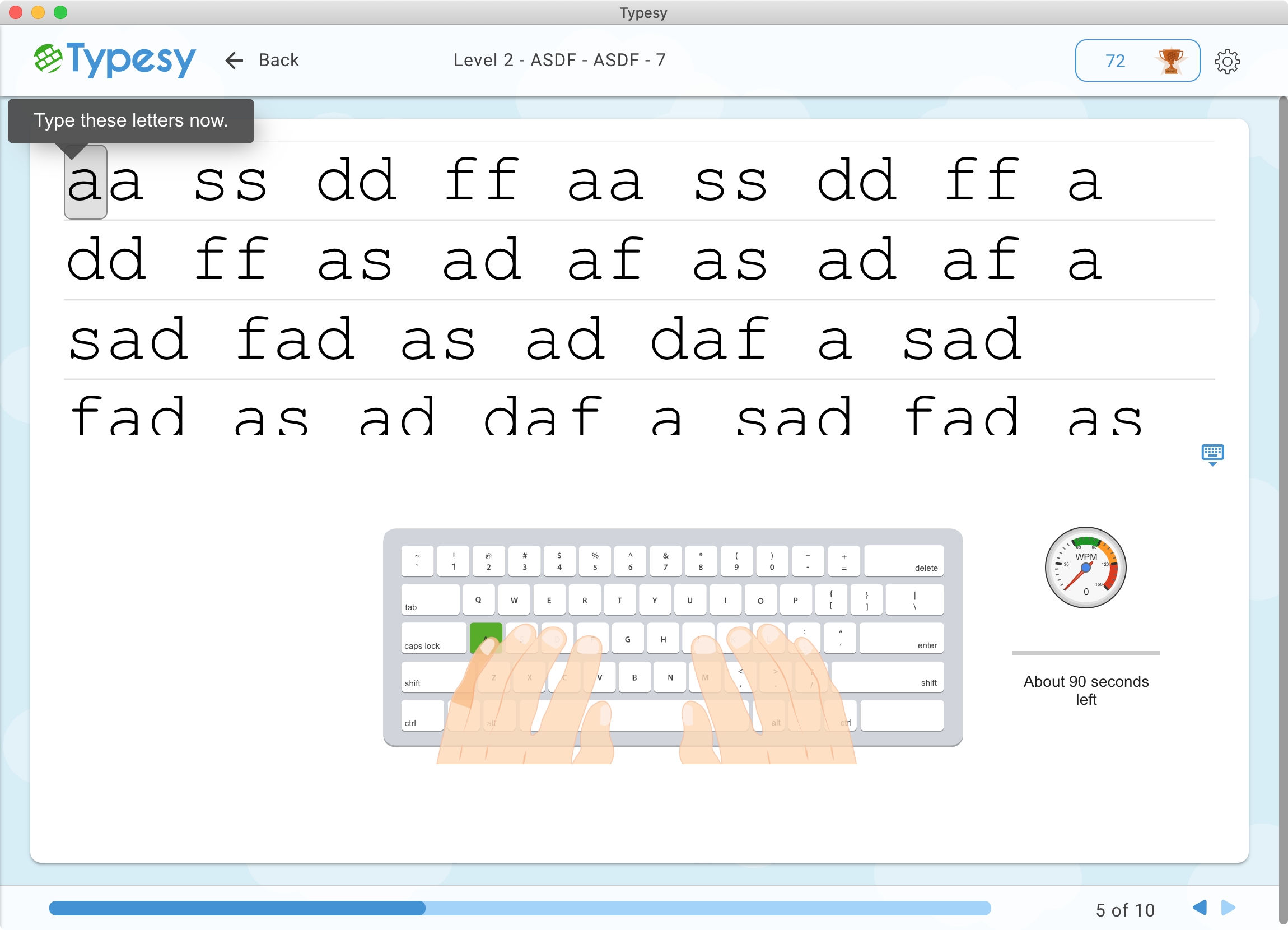Have you noticed your machine running particularly sluggish lately? Here are a few things you can do to improve performance.

Keep your software updated
Nov 18, 2019 Here are five core best practices for Mac security: 1. Centrally Control User Access – Your user’s systems are the conduit to your confidential data. With over 20 years of experience supporting Apple products, our engineers and technicians have developed 9 Best Practices for Supporting Mac in Business.

Updating software will often come with many bug fixes, security improvements, or more exciting features. It is always a great idea to update your operating system (OS) to the latest version. Right now, the latest version is v10.15, or macOS Catalina. The best part about these updates is they're free! Be sure your Mac is set to check for new and updated versions of software at least once a month.
Note: If you’re running High Sierra (10.13), Sierra (10.12), or El Capitan (10.11), upgrade to macOS Catalina from the App Store. If you’re running Lion (10.7) or Mountain Lion (10.8), you will need to upgrade to El Capitan (10.11) first. If you don’t have broadband access, you can upgrade your Mac at any Apple Store. Visit the Apple support site for more information on upgrading to macOS Catalina (10.15).
Here’s how:
- Select About This Mac from the Apple menu
- In the following window, click Software Update...
- If there are updates, follow the prompts to install it for any programs that need updating.
Back up your files
A good safety procedure you can follow is to frequently back up all your important documents, pictures, and other files to an external hard drive, or to the Cloud by using a Cloud service like iCloud. After it's backed up, you are welcome to delete them from your computer if not in use. This will clear up any space and is especially helpful for recovering important information if your laptop breaks, is stolen or damaged.
Delete applications you don’t use
These applications waste valuable space on your hard drive and can slow performance. Some software comes with uninstallers. It's easiest if you open up Applications and drag programs to your trash.


Install an anti-malware program
These programs will monitor your computer and keep malevolent files off the computer. The amount of malware that targets OS X products is growing and it's great to keep your system protected against it. Malwarebytes is a great program for keeping your Mac safe.
Best Mac For College
Quit applications when not in use
One of the differences between macOS and Windows is that simply exiting an application doesn't completely close out of it. On Mac, in order to fully stop using a program, you will have to quit the program. You can do this by right-clicking on the icon in the dock, or by clicking on the application name in the top left corner and select quit program. You can tell which programs are running in the background by checking if they have a black dot underneath their icon in the dock. Quitting programs can preserve battery life and will reduce the workload on your computer.
New to the Mac?
Have you ever wanted to press the Ctrl + Alt + Del keys when an application stalls? The Mac Force Quit shortcut is just as simple: press Alt + Apple + Esc.

Where To Go for Help
For how-to’s and troubleshooting information, go to the Apple support site. Select your computer from the dropdown menu on the left, or choose a support resource, or search the Apple support pages.
Best Practices For Mac Students
For a listing of authorized Apple service providers, go to the Apple service locator site.
For help with troubleshooting, contact the ITS Help Desk.